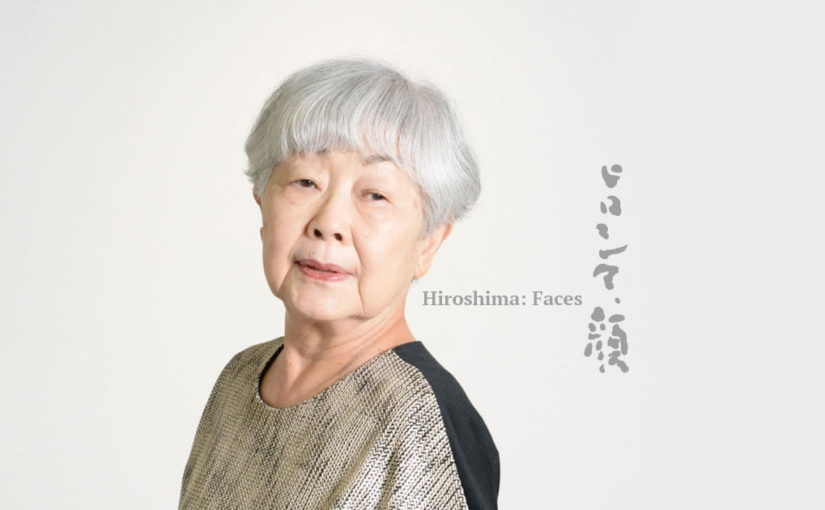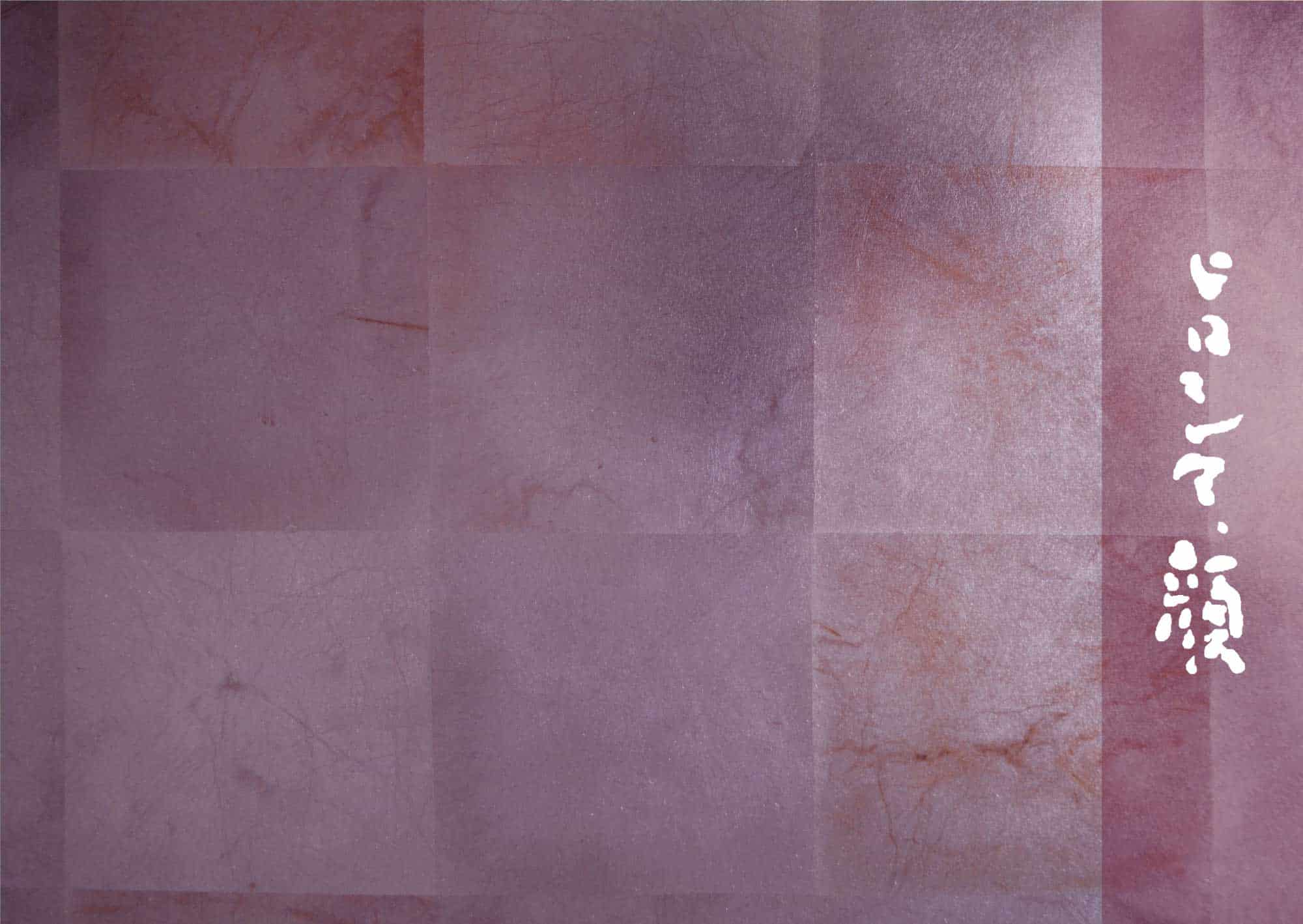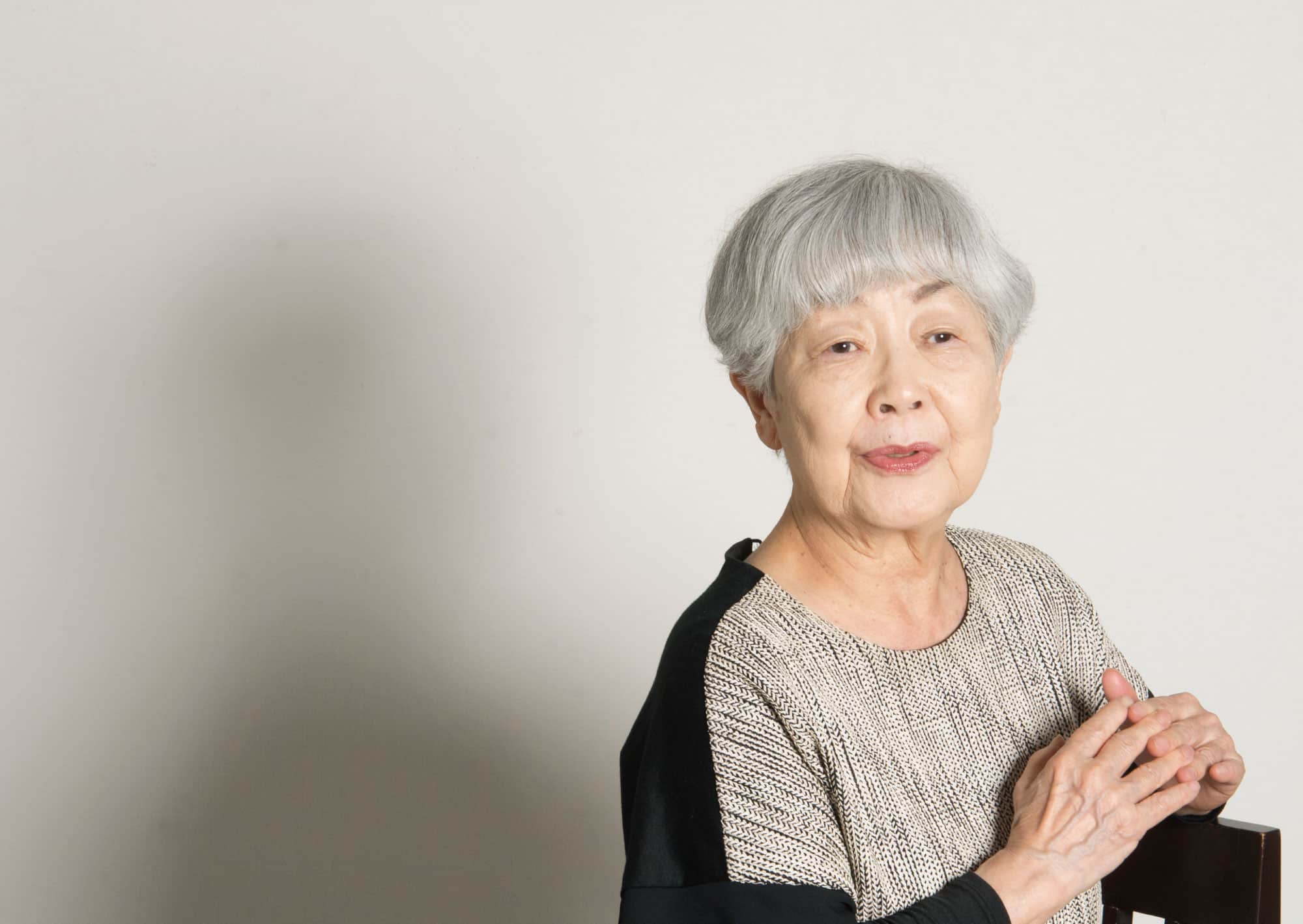
I do not have an Atomic Bomb Survivor’s Certificate.
But my eyes,
my lungs,
my blood,
Every single part of me
is constantly reminding me:
“You are a hibakusha.”
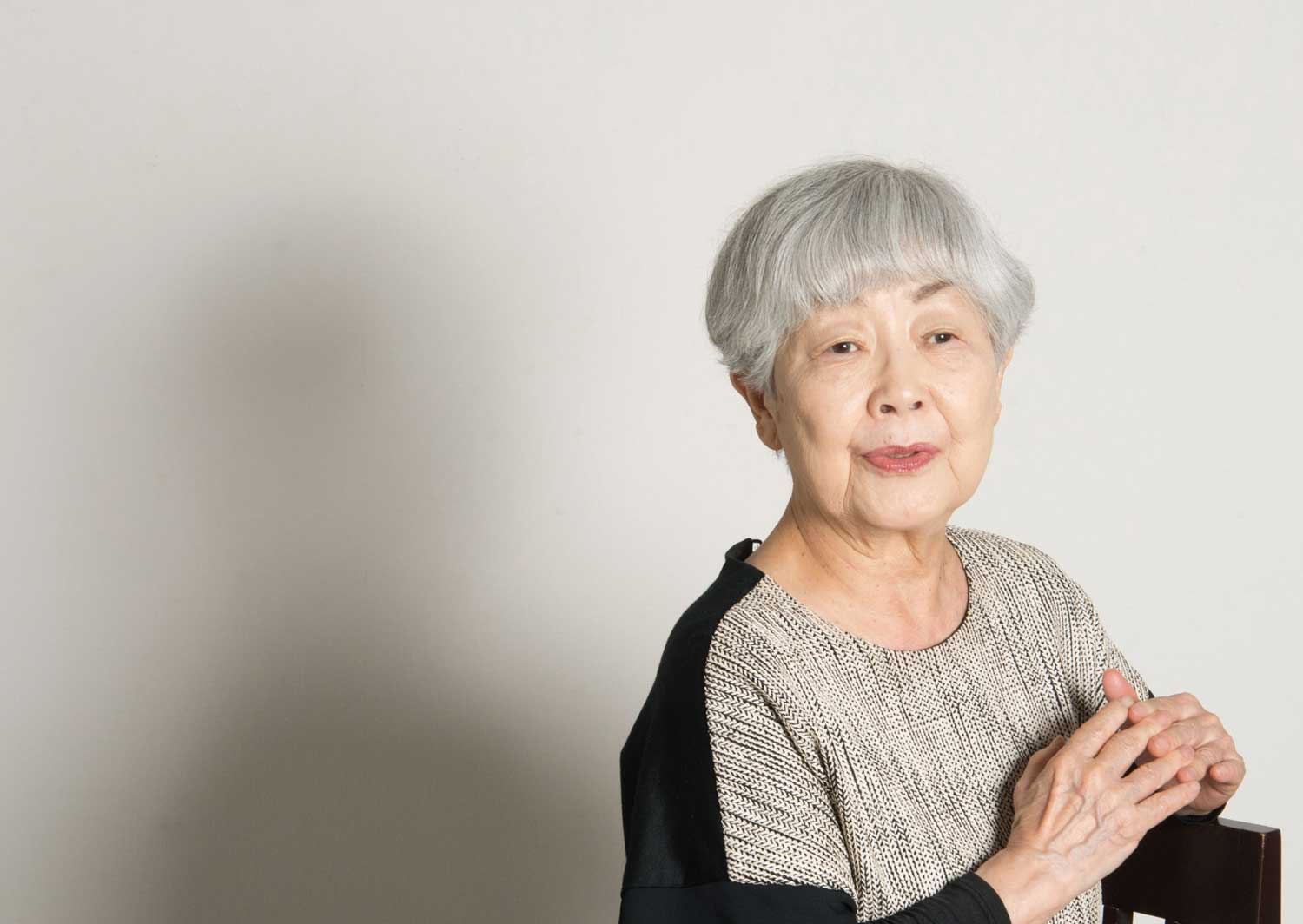
I do not have an Atomic Bomb Survivor’s Certificate.
But my eyes,
my lungs,
my blood,
Every single part of me
is constantly reminding me:
“You are a hibakusha.”
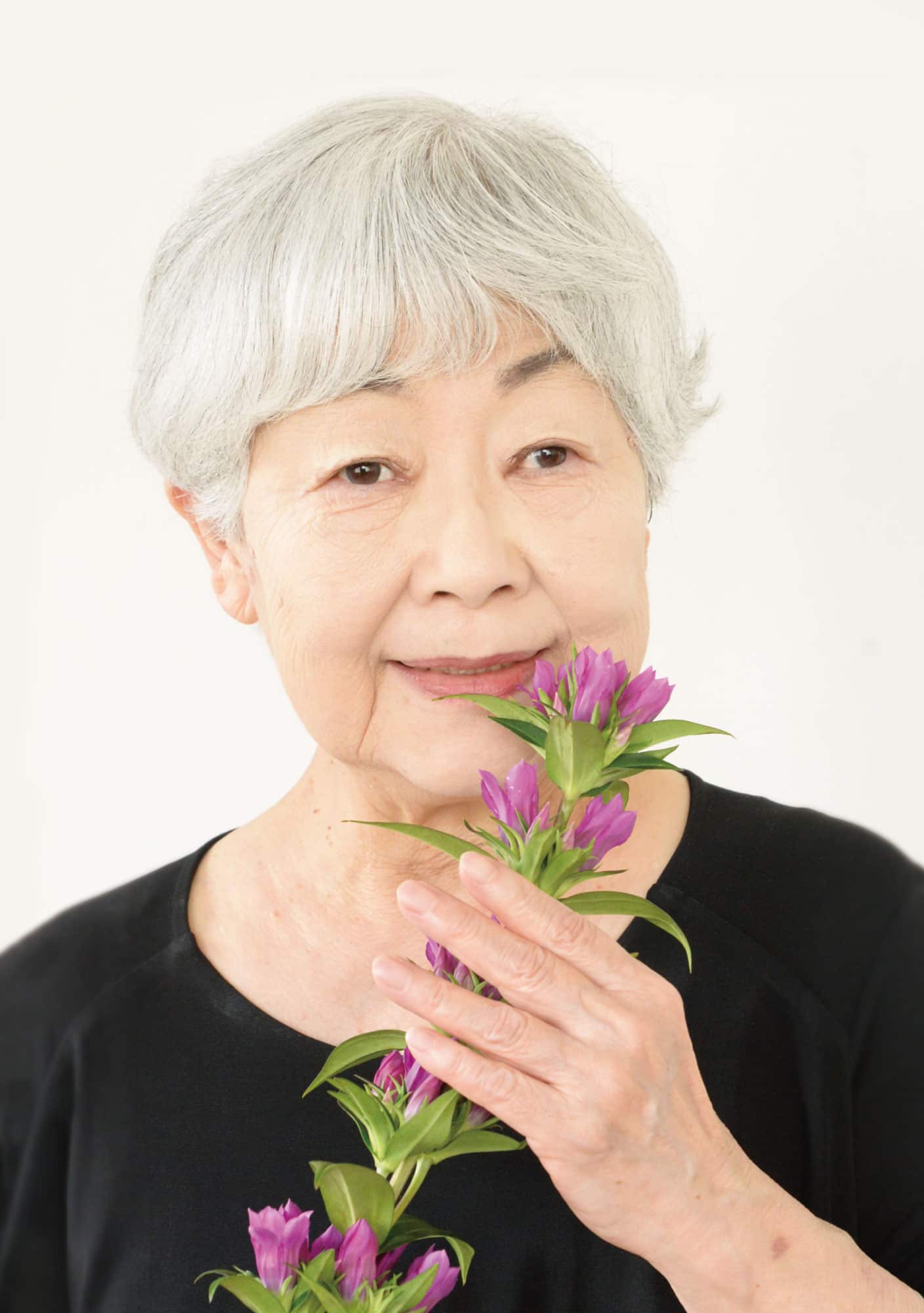
-
Story.1
Keiko Shimizu
Keiko Shimizu (née Akimoto)
Born December 23, 1943, in Kirinoki Town (present day Minami Ward), Hiroshima City. In March 1945, Keiko was evacuated to a relative’s house in Zouka Village (present day Higashi-Hiroshima City). Her father was away fighting in the war, and her mother was pregnant.
On August 6, 1945, her mother was hanging out the laundry with Keiko, who was one year and seven months old at the time, strapped to her back. At 8:15 a.m., her mother felt a kind of heavy pressure in the air — unlike anything she had ever felt before — weighing down on her. She instinctively covered both her and her daughter’s heads with the laundry and got down onto her stomach on the ground. It was not until later that she would learn that the strange sensation had been caused by the atomic bomb being dropped on Hiroshima City.
The next day, many people who had been exposed to the atomic bomb in Hiroshima fled back to their village. The villagers all worked together to care for the survivors, and Keiko’s heavily pregnant mother worked among them. However, her mother soon began to complain that she was feeling unwell and became unable to care for Keiko, who was still very young. It was decided that Keiko would be taken to relatives in Kumano (Kumano Town, Aki District, Hiroshima Prefecture), and her grandfather took her out and visited the area around Hiroshima Station. In the end, she was not able to stay in Kumano because many of her other relatives had also moved there, but she was exposed to the radiation when she entered the city during that visit.
Around the age of two, her eyesight began to deteriorate, and she developed a squint. In the spring of 1956, they moved to a house in Danbara (Minami Ward, Hiroshima City) that belonged to her grandfather, where she lived together with her relatives as one big family.
Later, she suffered from bleeding of the gums and was unable to eat. Around the time that she entered elementary school, she had also developed pulmonary tuberculosis and pleurisy, which meant she was sometimes absent from school for long periods of time. It was not uncommon for her to have nosebleeds, diarrhea, and convulsions. The same was also true for her younger brother, Takeshi.
A family photograph

A family visit to Miyajima during her childhood. Keiko is front right.
Keiko’s mother was engaged in relief work for hibakusha in Zouka Village, where the family had been evacuated to.
She was pregnant with Keiko’s younger brother at the time. As a young child, Keiko entered Hiroshima City in the days after the bomb was dropped.
Although the three of them do not hold Atomic Bomb Survivor Certificates, they still suffered in their own ways. Who could imagine that her sweetly smiling younger brother would die at the young age of 33?
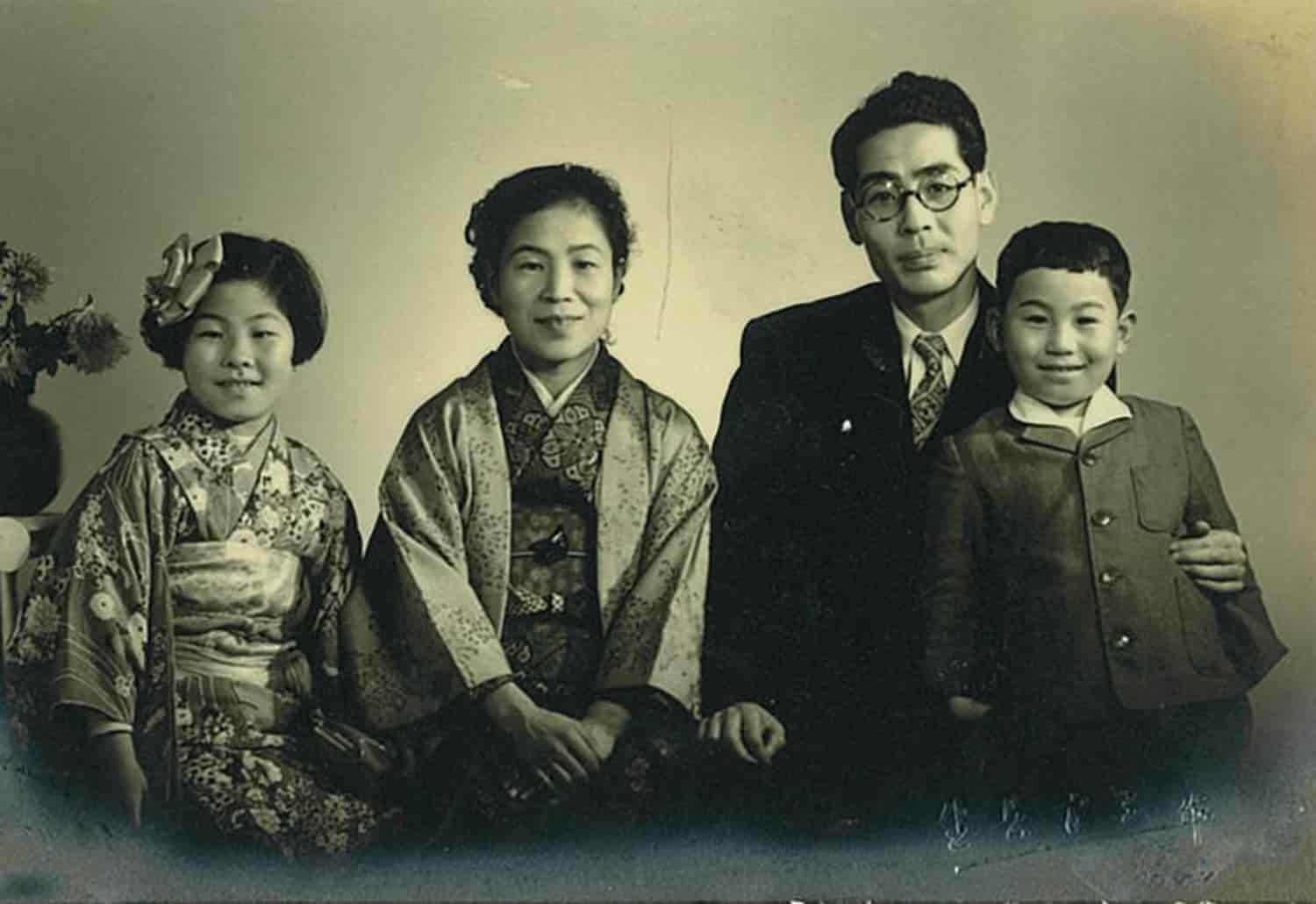
With her parents and younger brother. Keiko is far left. Taken in 1954. Although she was sick and frail, her childhood was surrounded by love from her family.
A childhood that nurtured sensitivity

Taken at a photo studio on December 23, 1955, 10 years after the war ended, on her 12th birthday. At the time, Keiko attended operetta practice every week.
Keiko loved to sing and excelled in music class, so her third grade homeroom teacher invited her to participate in a children’s theatre company. It was these childhood experiences that would later introduce Keiko to the world of professional recitation.

With the performers of the children’s operetta.
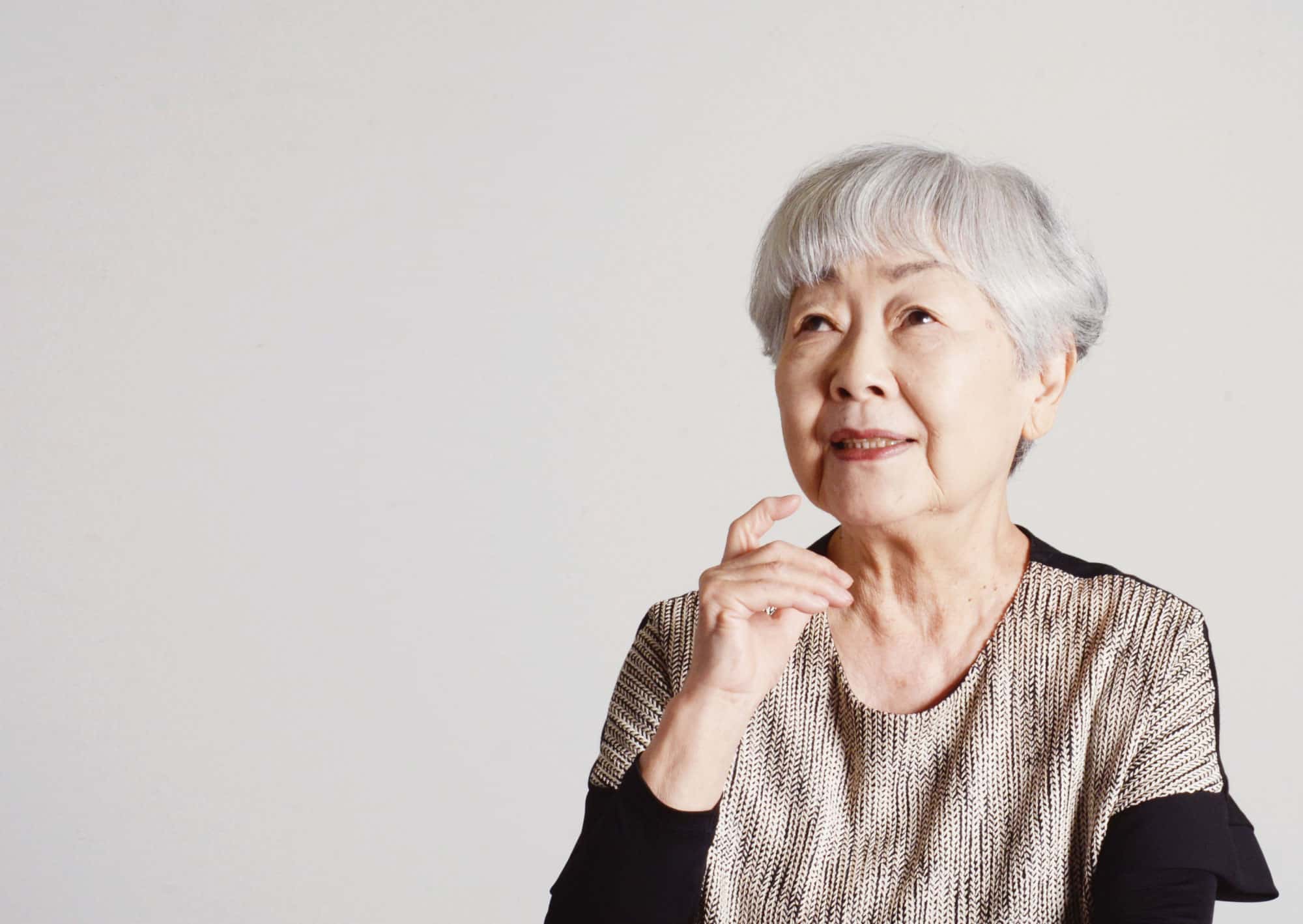
January 28, 1956.
It was a cold winter’s afternoon.
The children of Hiroshima City
Gathered at Noboricho Junior High School.*
“Let’s make a monument for the children of the atomic bomb!”
Beyond individual schools and grade levels,
We were united as one.
Sadako’s* death,
10 years after the bombing
Had affected
All of us
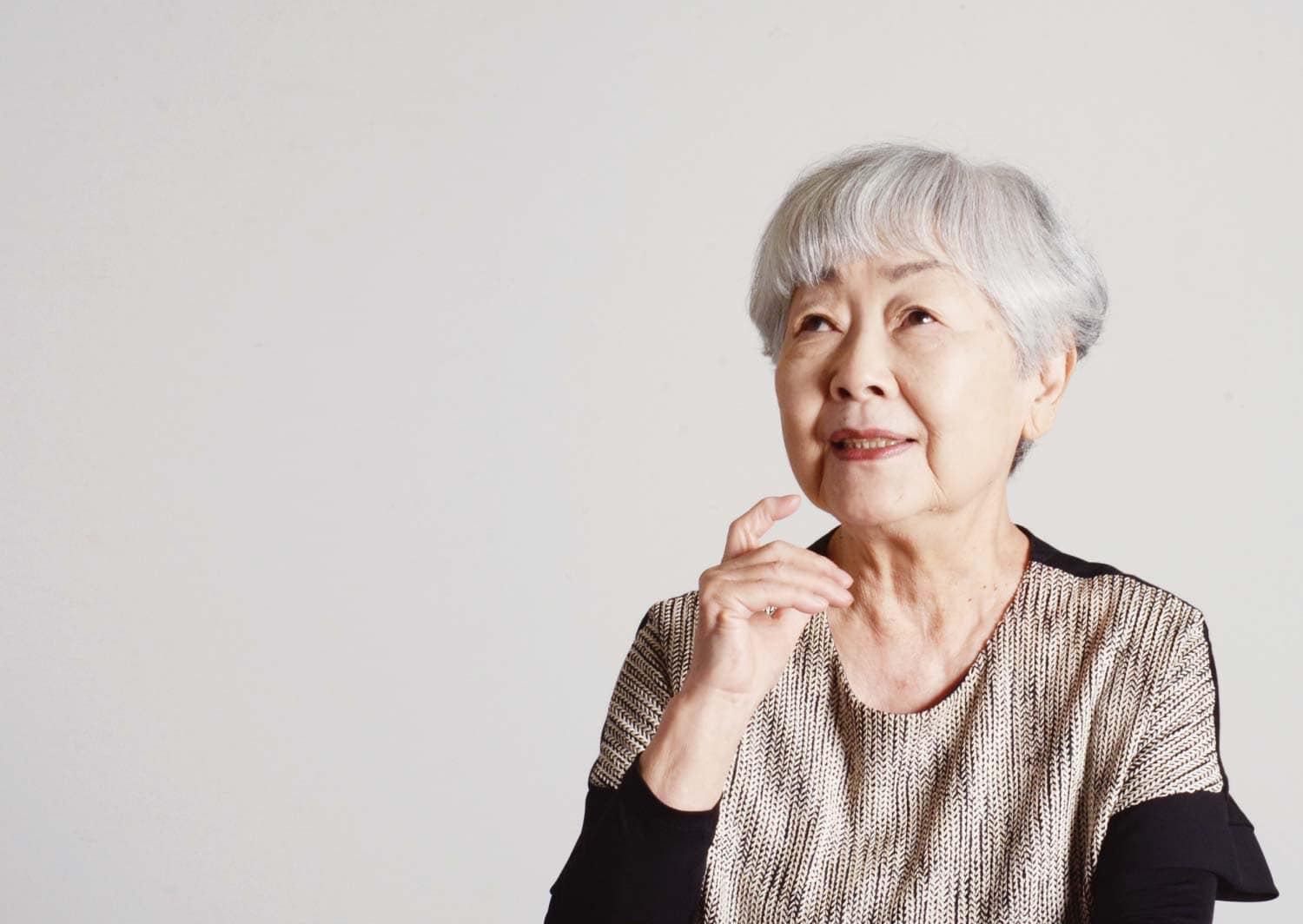
January 28, 1956.
It was a cold winter’s afternoon.
The children of Hiroshima City
Gathered at Noboricho Junior High School.*
“Let’s make a monument for the children of the atomic bomb!”
Beyond individual schools and grade levels,
We were united as one.
Sadako’s* death,
10 years after the bombing
Had affected
All of us

-
Story.2
Keiko Shimizu
Keiko’s life changed when she met Shizuko Ogata, her fifth- and sixth-grade homeroom teacher at Danbara Elementary School. As Keiko and a friend were working on their graduation essays, Ms. Ogata approached them and said, “I would like the two of you to go to an important meeting, a discussion group of students from various schools.”
The meeting was held at Noboricho Junior High School on January 28, 1956, a cold afternoon with a sprinkling of snow. The meeting was attended by members of student councils from almost every elementary school, junior high school, and high school in Hiroshima City. They gathered to hear the story of the death of a young girl who had died of leukemia 10 years after the bombing. At the meeting, a classmate of Sadako Sasaki* appealed for their cooperation to erect a statue, the Children’s Peace Monument. With the full support of all in attendance, the Hiroshima Peace-Building Children and Students Association was formed. Since then, Keiko and her friends have been members of the association and have been involved in fundraising and various other activities.
Thanks to the efforts of many children and the support of adults behind the scenes, the Children’s Peace Monumentwas completed. On May 5, 1958 — Children’s Day — Keiko, then 15 years old and a third-year student at Danbara Junior High School, attended the unveiling ceremony.
In memory of a beloved teacher,
Ms. Shizuko Ogata
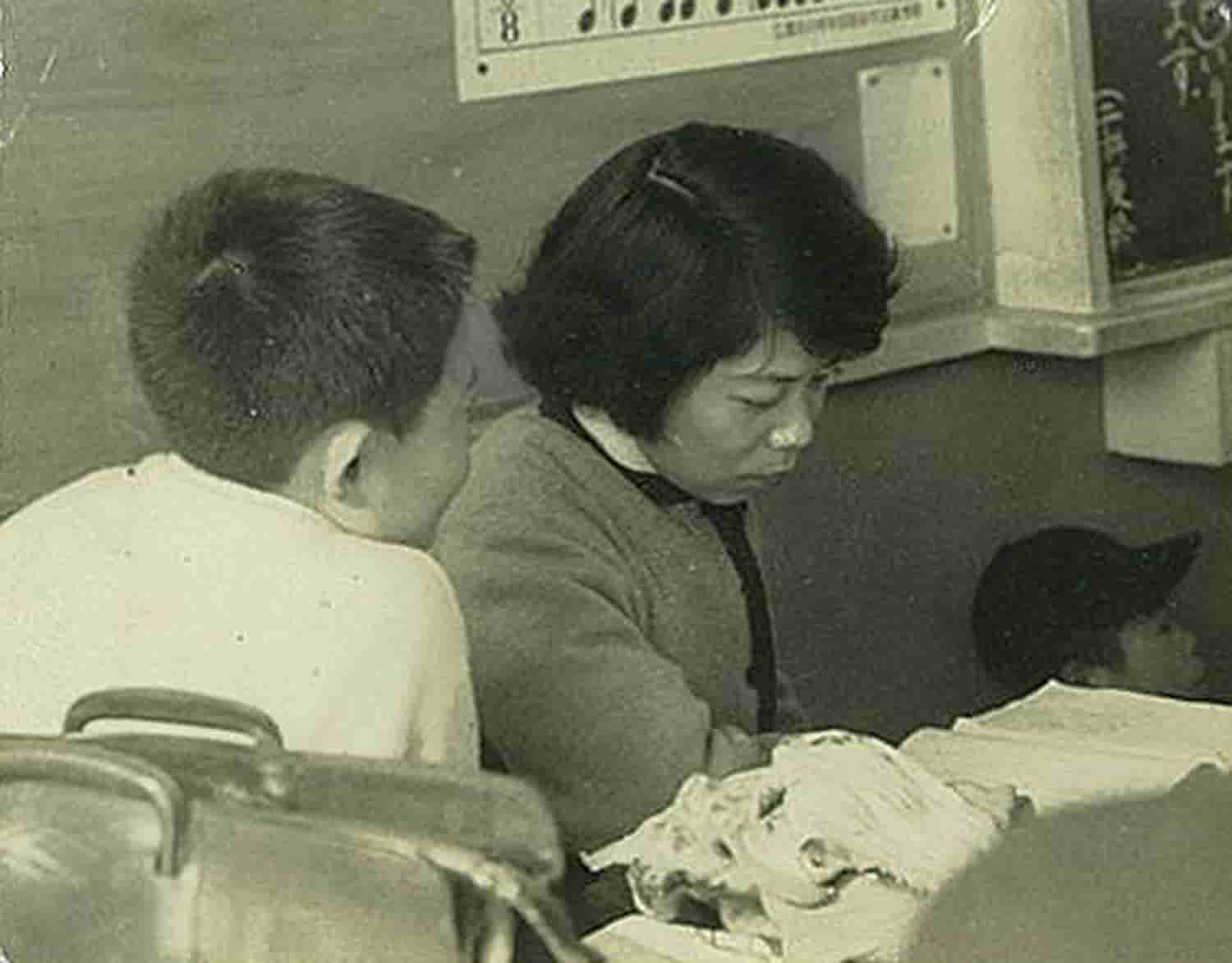
At a time when the war was raging and most teachers were being sent off to war, 18-year-old Ms. Ogata, who had just graduated from school herself, was working at Hiroshima City Hirose National School* as a substitute teacher. It was there at the school, about 1.2 km from the hypocentre, that she was exposed to the atomic bomb and suffered burns and injuries to most of her body.
She was later transferred to Danbara Elementary School, where she became Keiko’s fifth- and sixth-grade homeroom teacher.
“She often took us to the Peace Memorial Museum, even though she was suffering from aftereffects of the bombing herself. My fondness for her still lives on in me, even today,” Keiko said. Ms. Ogata died of pancreatic cancer in 1971, at the young age of 44.
The Children’s Peace Monument
– Born out of the strength of children
The Hiroshima Peace-Building Children and Students Association has been involved in a wide range of activities, including fundraising for the Children’s Peace Monument; writing thank-you letters to donors; visiting A-Bomb survivors; visiting facilities for orphans and children with disabilities and offering their support; conducting surveys of children hibakusha; and holding peace study groups and discussions.
“We received donations and letters from abroad, including from countries like England and Hungary. We used a corner of the library at Noboricho Junior High School as our office and wrote thank you letters to them. What started as the actions taken by a group of children in Hiroshima has now spread throughout Japan and around the world,” Keiko said.
The children’s activities were also depicted in the film, Senbazuru (1958, directed by Sotoji Kimura, Kyodo Eigasha).
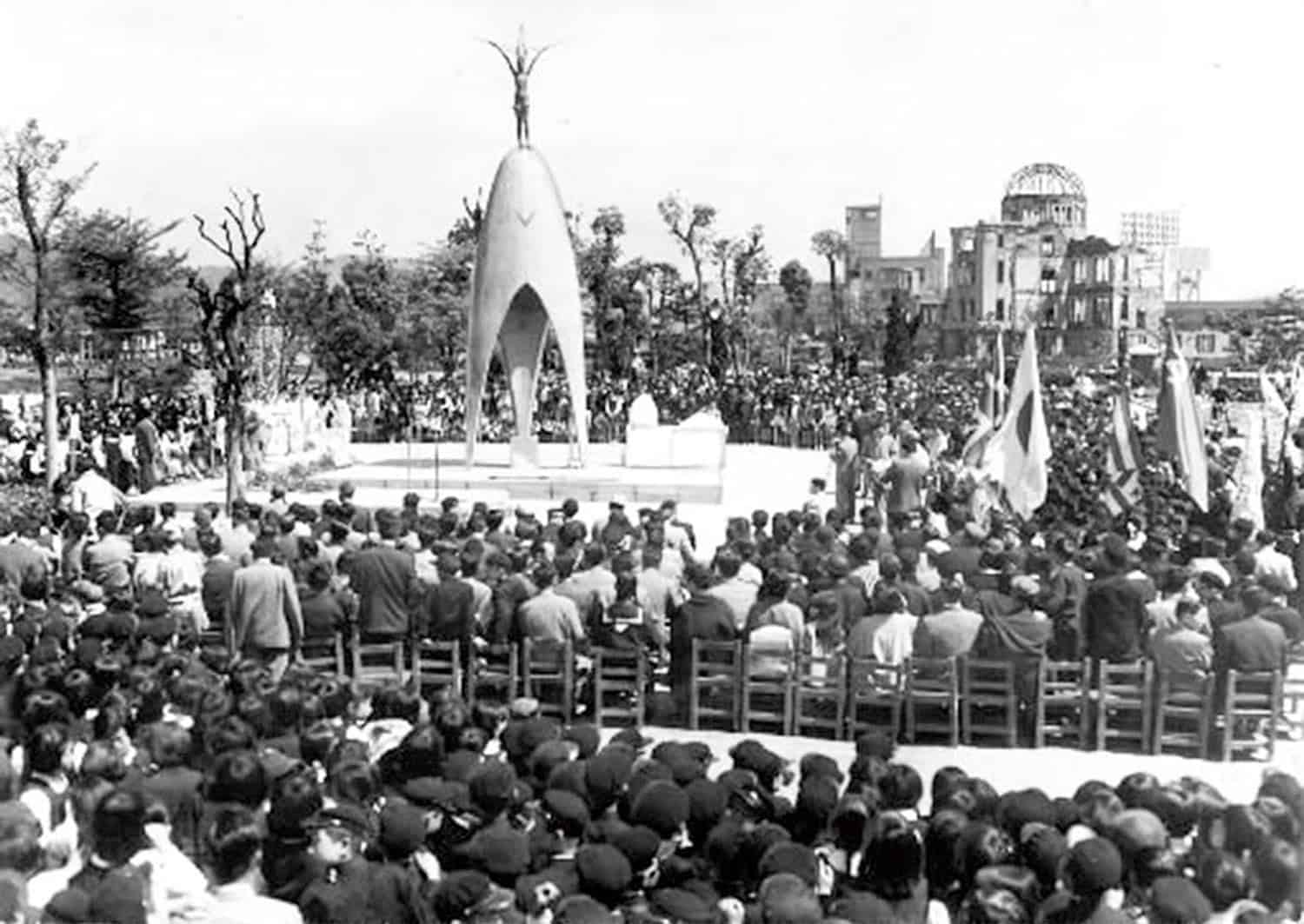
May 5, 1958. The unveiling ceremony for the Children’s Peace Monument.
Keiko is among the crowd.
Courtesy of the Chugoku Shinbun.
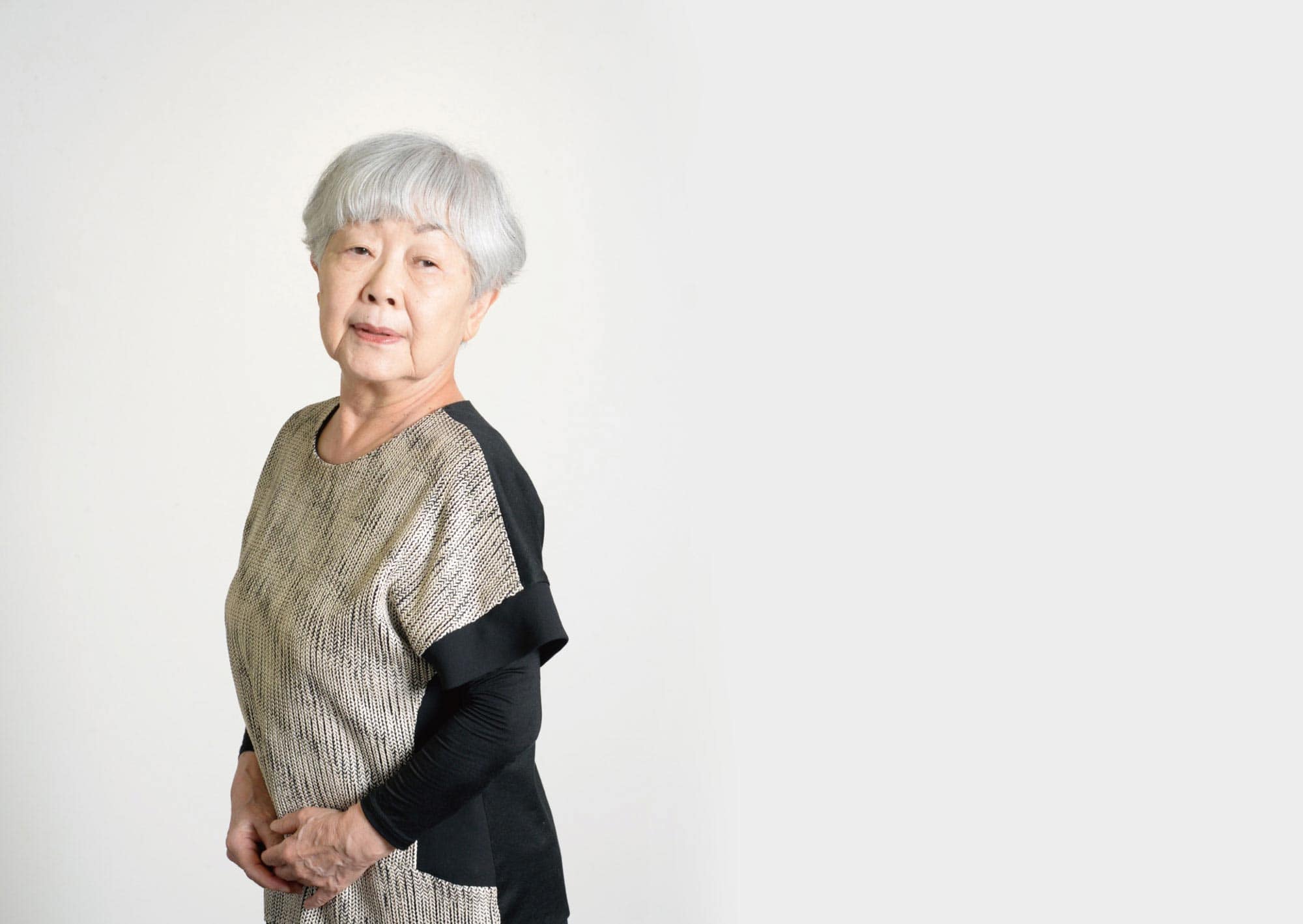
-
Story.3
Keiko Shimizu
In 1964, Keiko graduated from Hiroshima Prefectural Women’s Junior College with a degree in Japanese literature. She began working for the Hiroshima Prefectural Government in 1966 and retired when she married in 1969. She spent her 20s happily but developed a spinal cord disease. She was hospitalised and underwent surgery. Since then, she has been in relatively good health, despite the occasional health issue.
From 1996 until 1998, Keiko worked as a Peace Guide at the World Friendship Center. Since 1999, she has been a member of the English recitation group Oleander. After turning 60, she contracted an incurable blood disease and developed lung cancer. She was again hospitalised and underwent repeated surgeries.
Keiko’s mother contracted uterine tuberculosis three years after the war and would go on to develop cancer of the rectum, stomach, and liver in her late 60s. She died at the age of 87. It is possible that her mother was exposed to radiation while she tended to the victims.
Her younger brother, Takeshi, like Keiko, suffered from several illnesses. He died at the age of 33, and an autopsy conducted after his death found that he had suffered from acute leukemia. Their mother was still pregnant with him when she was tending victims. Is it possible that there is a connection between in-utero exposure and his untimely death?
After the war, Keiko’s father, having seen his relatives suffer from discrimination for being hibakusha, decided not to apply for Atomic Bomb Survivor Certificates for his wife and two children. “I, my mother, and my younger brother all suffered from many illnesses, so there are times where I do think that it would have been easier if we’d had the certificate,” she said.
In 2004, Keiko began volunteering as an orator at the Hiroshima National Peace Memorial Hall for the Atomic Bomb Victims. From 2013 until 2015, she volunteered as a Peace Education Instructor at the Hiroshima Peace Memorial Museum. Since 2017, she has been the chairperson of the recitation theatre group PILE.
Despite her illnesses, Keiko continues her humble peace activities with a cultural approach.
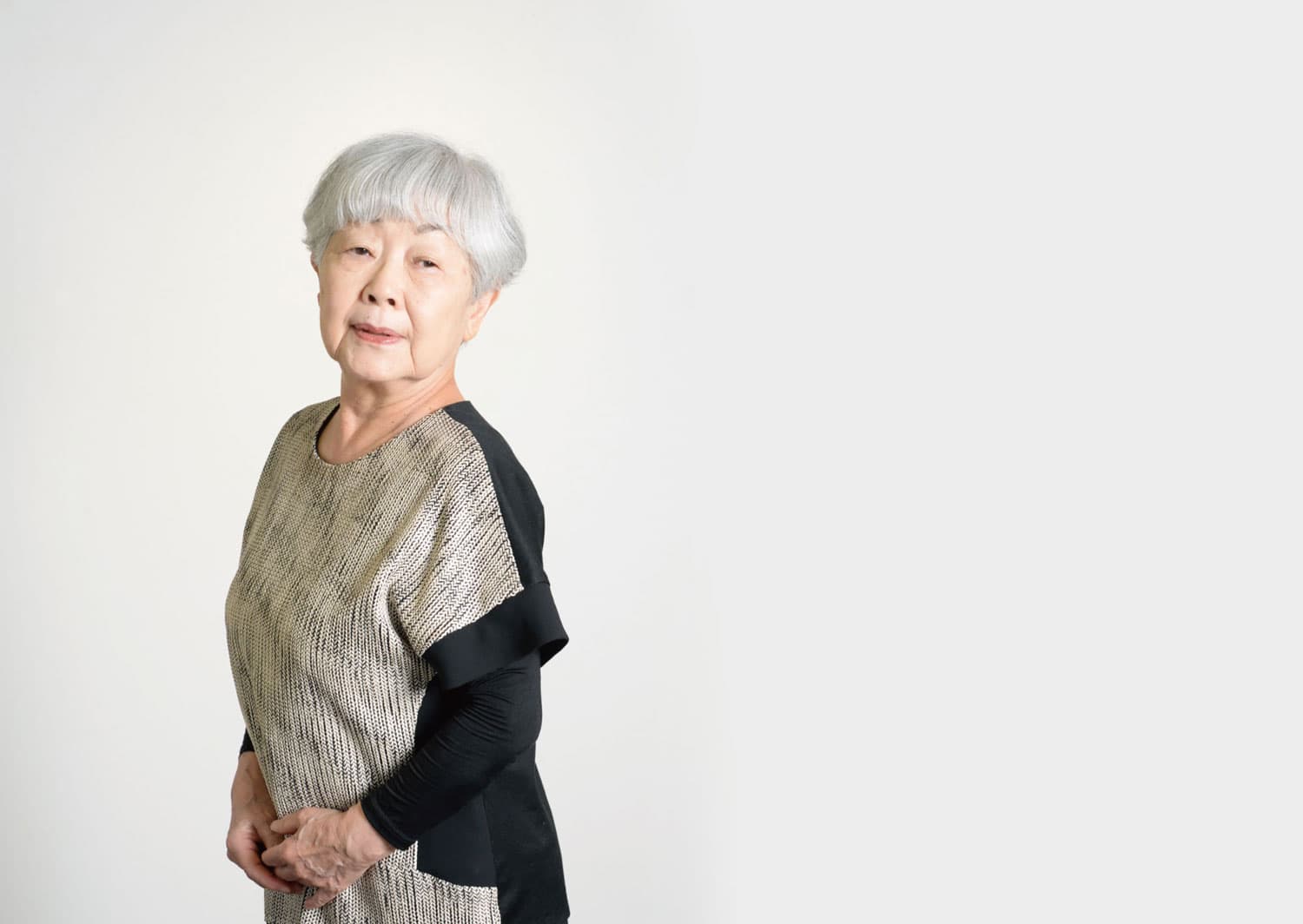
-
Story.3
Keiko Shimizu
In 1964, Keiko graduated from Hiroshima Prefectural Women’s Junior College with a degree in Japanese literature. She began working for the Hiroshima Prefectural Government in 1966 and retired when she married in 1969. She spent her 20s happily but developed a spinal cord disease. She was hospitalised and underwent surgery. Since then, she has been in relatively good health, despite the occasional health issue.
From 1996 until 1998, Keiko worked as a Peace Guide at the World Friendship Centre. Since 1999, she has been a member of the English recitation group Oleander. After turning 60, she contracted an incurable blood disease and developed lung cancer. She was again hospitalised and underwent repeated surgeries.
Keiko’s mother contracted uterine tuberculosis three years after the war and would go on to develop cancer of the rectum, stomach, and liver in her late 60s. She died at the age of 87. It is possible that her mother was exposed to radiation while she tended to the victims.
Her younger brother, Takeshi, like Keiko, suffered from several illnesses. He died at the age of 33, and an autopsy conducted after his death found that he had suffered from acute leukemia. Their mother was still pregnant with him when she was tending victims. Is it possible that there is a connection between in-utero exposure and his untimely death?
After the war, Keiko’s father, having seen his relatives suffer from discrimination for being hibakusha, decided not to apply for Atomic Bomb Survivor Certificates for his wife and two children. “I, my mother, and my younger brother all suffered from many illnesses, so there are times where I do think that it would have been easier if we’d had the certificate,” she said.
In 2004, Keiko began volunteering as an orator at the Hiroshima National Peace Memorial Hall for the Atomic Bomb Victims. From 2013 until 2015, she volunteered as a Peace Education Instructor at the Hiroshima Peace Memorial Museum. Since 2017, she has been the chairperson of the recitation theatre group PILE.
Despite her illnesses, Keiko continues her humble peace activities with a cultural approach.

Amidst the horrors of the atomic bombing
The Children’s Peace Memorial was created
Through the strength of the children who survived
Hiroshima became burnt-out ruins
But was reborn as a green city
Through the strength of the citizens who survived
We are small
But we are not powerless
Peace is ours to create
Speak up and take action
Find that ‘something’ that you can do
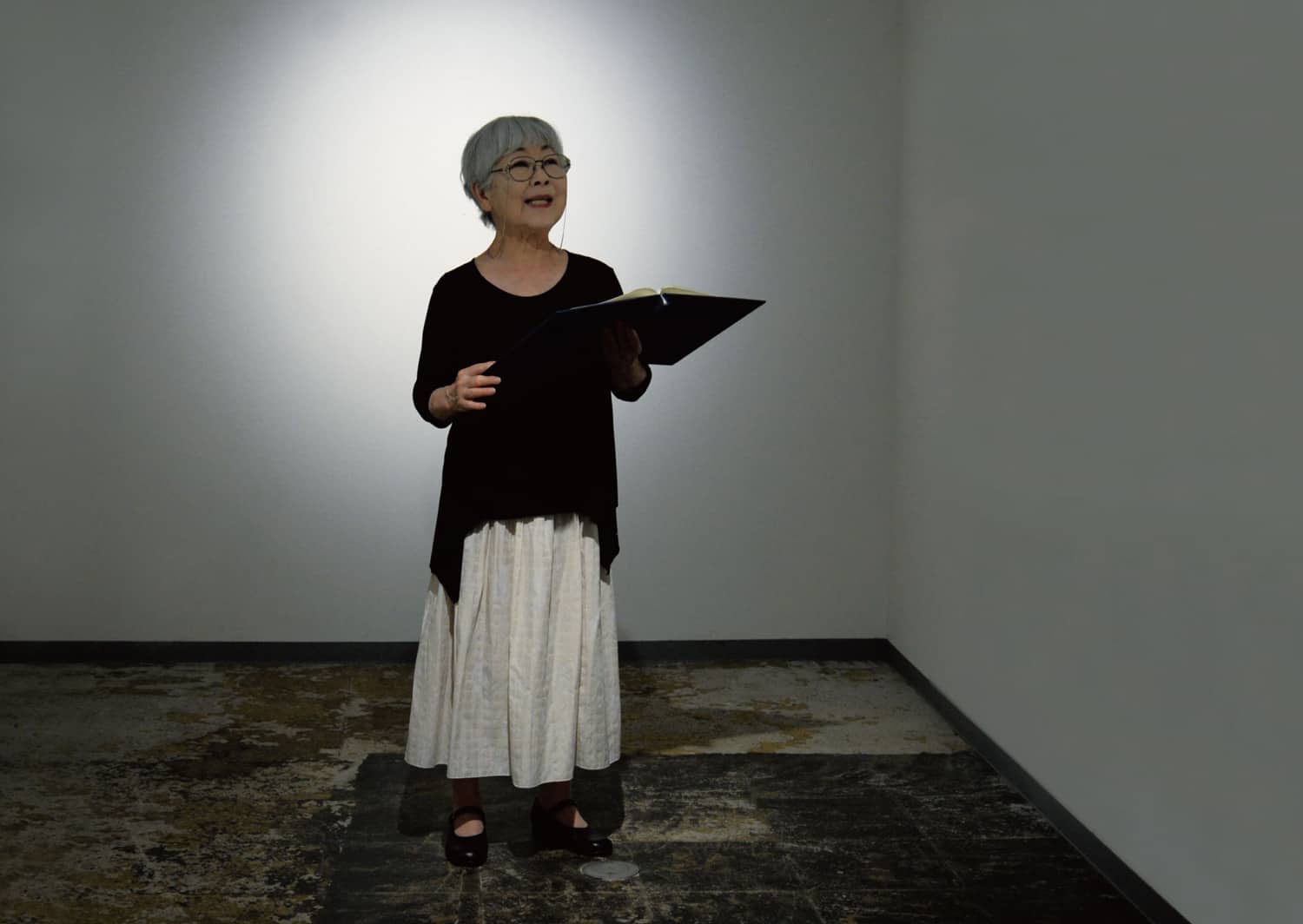
Amidst the horrors of the atomic bombing
The Children’s Peace Memorial was created
Through the strength of the children who survived
Hiroshima became burnt-out ruins
But was reborn as a green city
Through the strength of the citizens who survived
We are small
But we are not powerless
Peace is ours to create
Speak up and take action
Find that ‘something’ that you can do
Edited and produced by ANT-Hiroshima
Photography by Mari Ishiko
Text by Mika Goto
Translation by Eliza Nicoll
Translation edited by Annelise Giseburt

